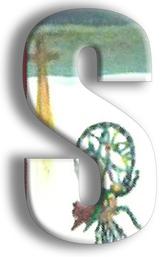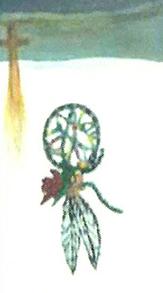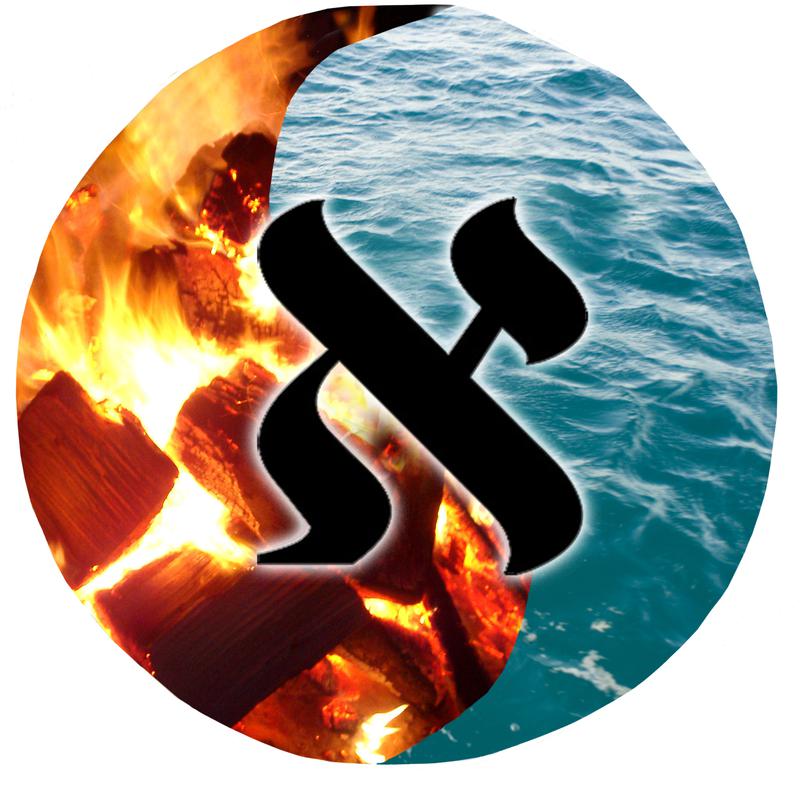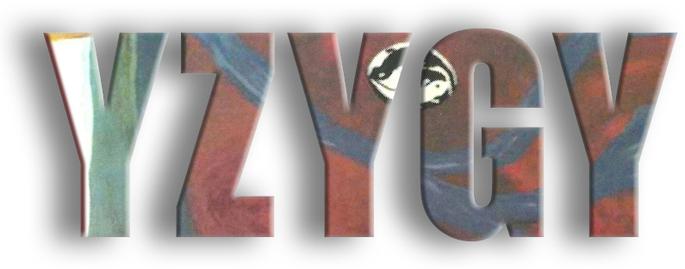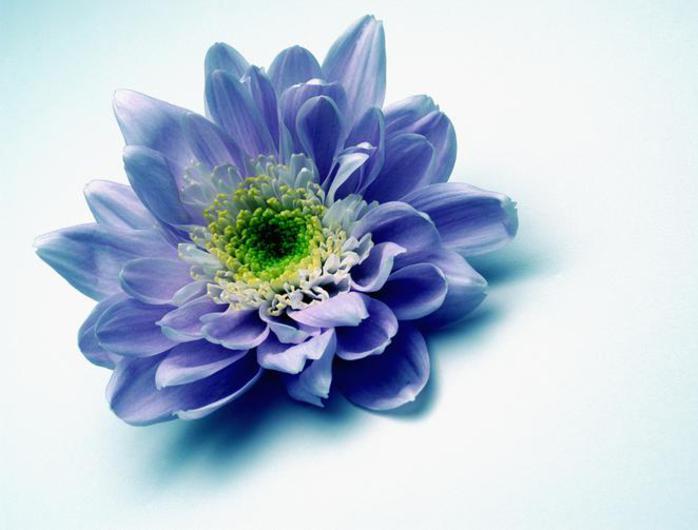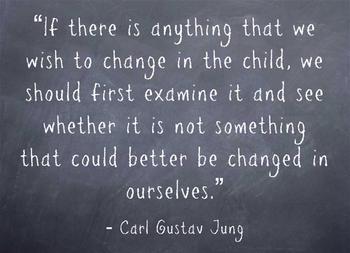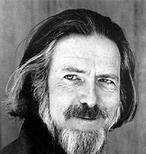MEMOIR LOGO CONCEPT: The aleph and a Sufi mystic inspired my creation and design of the syzygy logo, which I initially based on the symbolism of the yin and yang.
But the concept expanded when I first saw the aleph in Judith Cornell’s
Mandala Healing Kit, My inexplicable attraction to it led me to incorporate it into my logo before I knew what it meant.
I later read that the “Aleph (the first letter of the sacred Hebrew alphabet) embodies the primordial, divine potential of the universe. ... Aleph contains all the universe’s potential and all of its emptiness simultaneously. Aleph represents a dynamic process of movement from unity to diversity and back to unity,” Jennifer Judelsohn, Songs of Creation.
And the mystic poet Rumi inspired me to use the fire and water concept after I read The Question. Here is an excerpt:
“The presence is there in front of me. A fire on the left, a lovely stream on the right.
One group walks toward the fire, into the fire. Another toward the sweet flowing water.
No one knows which are blessed and which are not.
Whoever walks into the fire appears suddenly in the stream.
A head goes under water, and that head pokes out of the fire.”
LOGO ART: Cropped fire and water images from Free Images.
LOTUS LOGO: In spiritual and religious literature, “the lotus is a symbol for the macrocosm and the microcosm, the universe and man. The lotus represents the divinity of the cosmos as well as the divinity of man.
The lotus is the center of the infinite, omnipresent consciousness which connects with the consciousness of the universe. Through the intuition, one of man’s divine gifts, the spiritual student can see the infinite, omnipresent consciousness as the lotus flower within himself.”
LOTUS ART: Courtesy
Homestead, my website service provider. (Temporary art while I design of my own lotus logo.)
TO DOWNLOAD FREE SAMPLE CHAPTER OF SYZYGY:
THE MEMOIR
TO BUY MEMOIR
(Thru Amazon)
THE MEMOIR
CROSSING THE BRIDGE TO SELF
THE WEBSITE
THE MEMOIR
NEW!
© 1955–2026 Syzygy: Crossing the Bridge to Self. All Rights Reserved.
When we first see ourselves through the mirror of another, we may feel embarrassed or shocked. But once we are aware of the projection, we can pull it back, claim it as our own, accept it. “We cannot change anything unless we accept it,” Jung said. “Condemnation does not liberate. It oppresses. And I am the oppressor of the person I condemn—not his friend and fellow sufferer.” Accept it, yes, only then can we consciously decide whether or not we want to act on it.
To help identify and accept Shadow aspects, we begin by tracing the history of the repressed matter in our lives and seek ways to integrate and honor the parts of ourselves that we once banished. See Shadow Work on this website for an example of this process. This process begins the healing of a psyche on an individual level, which will help to heal the psyche of all humankind, thus, heal within, heal the world. And ultimately—as was Jung’s life-long objective—“help men and women to know themselves, so that by self-knowledge and thoughtful self-use they could lead full, rich, and happy lives.” ♂ ♀
Memoir, website: “Heal within, heal the world”
Replace “child” with “world,” and Jung’s quote echoes Gandhi, “You must be the change you want to see in the world,” and Wayne Dyer, “Change the way you look at things and the things you look at change,” each suggesting healing others begins with healing ourselves.
Healing the psyche in the Jungian sense is not changing or improving ourselves. Nor is it a matter of fixing something that is broken. Healing in the Jungian sense is more like defragging our mental hard drives, recovering and reorganizing and reintegrating the lost parts of ourselves that have been split off from our consciousness or have been damaged, perhaps wounded or rejected or abandoned. The point is not to cure ourselves but to optimize our capacity to realize our full potential.
These lost parts of ourselves, our fears and desires and insecurities, often stem from forgotten traumatic experiences; characteristics of ourselves that we dislike; memories we found too difficult to cope with; and/or our latent aspirations that others may have inhibited or ridiculed or even forbidden. All of these denied aspects of ourselves collect and hide in what Jung called the “Shadow.”
Jung found that when we repress these aspects of ourselves in our Shadows, they manifest themselves outwardly in various mental disorders and behaviors. But if we safely identify and integrate these traits with our conscious personalities—a lifelong process he termed “individuation”—we begin a restoration process toward wholeness and authenticity, that is, a path to attaining our full potential.
But how are we to bring to consciousness traits we do not even know exist, much less integrate them?
Jung said we may start by identifying a trait in another person that bugs us. He said rather than claim these undesirable characteristics as our own, we likely projected them onto others. If we find ourselves emotionally charged over an apparent flaw in someone else, chances are, if we look honestly at ourselves, we will see that the other person is merely reflecting our own flaw, that is, the repressed material in our own Shadow.
As Jung said, “Knowing your own darkness is the best method for dealing with the darknesses of other people.”
“I think this is the most important thing in Jung: To the degree that you condemn others, and find evil in others, you are to that degree unconscious of the same thing in yourself—or at least to the potentiality of it.”
Alan Wilson Watts
